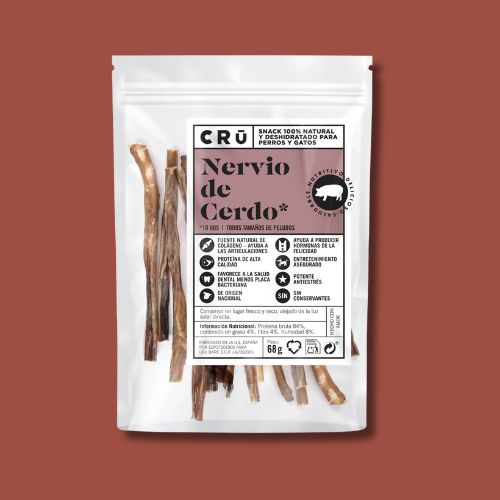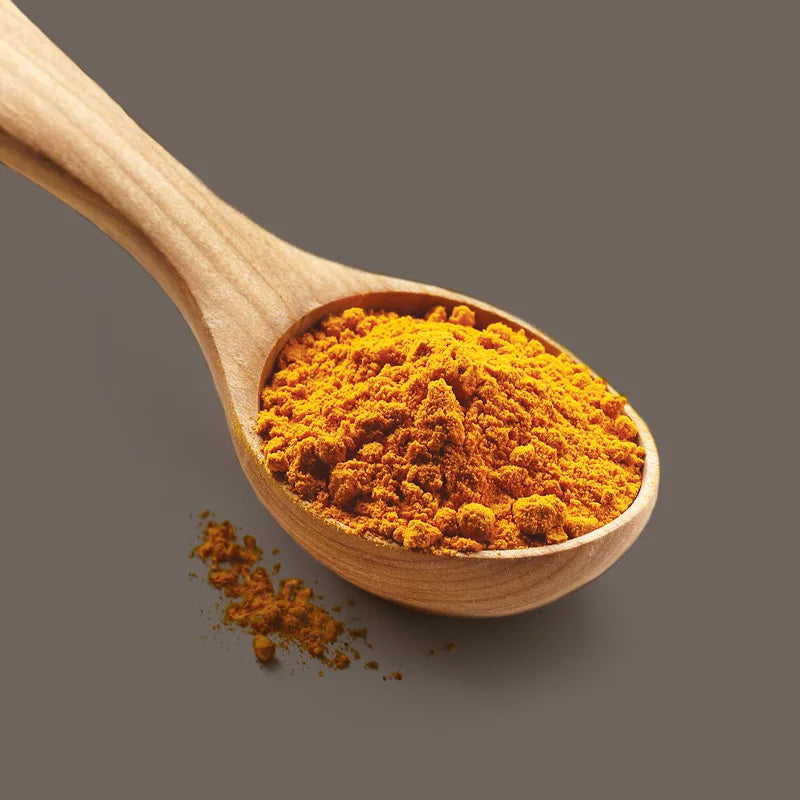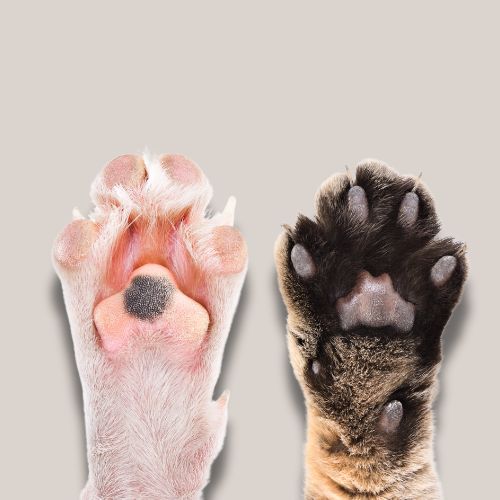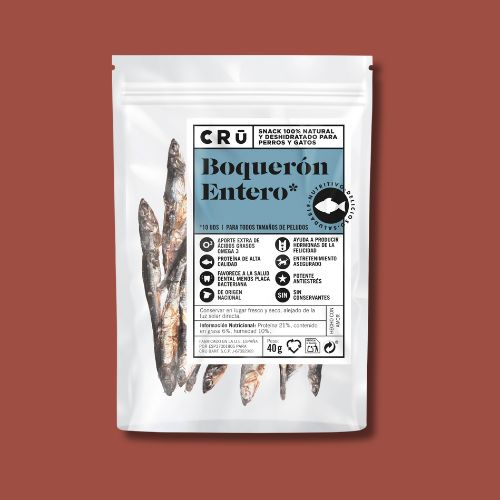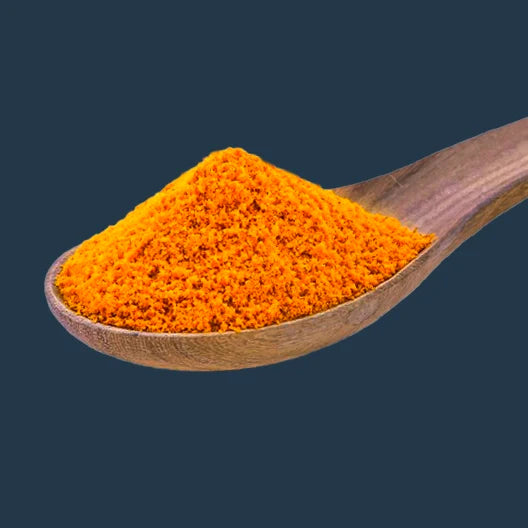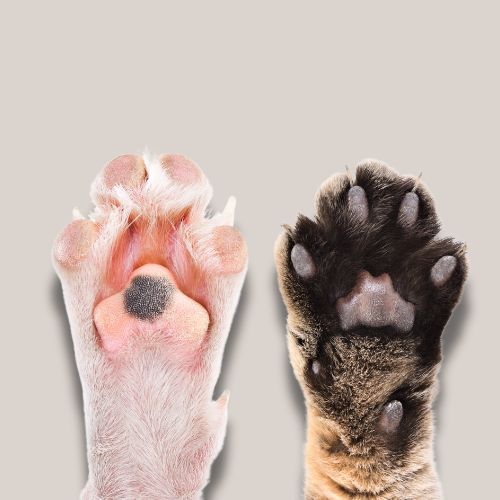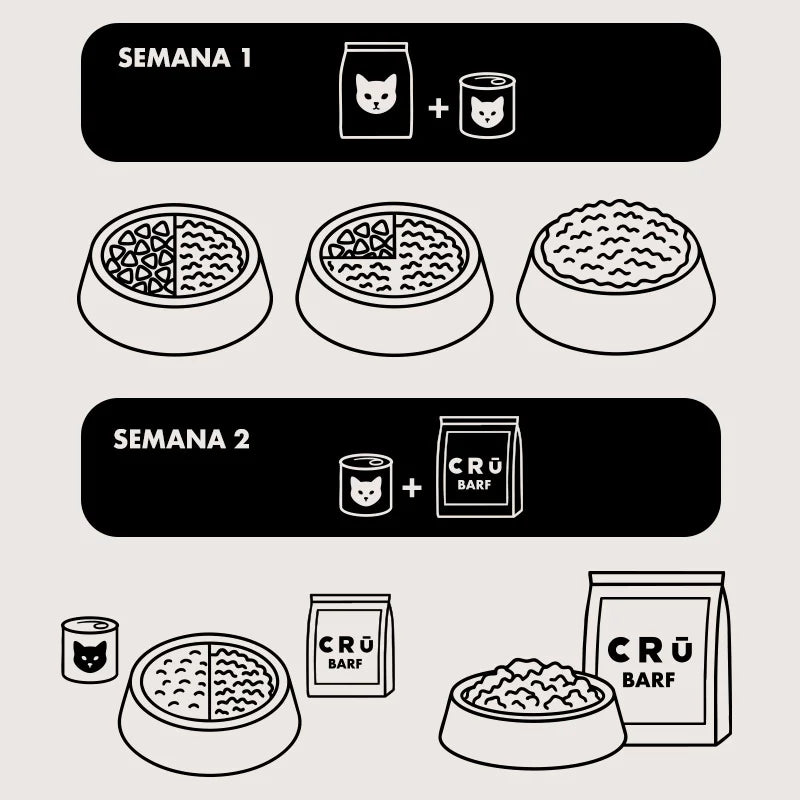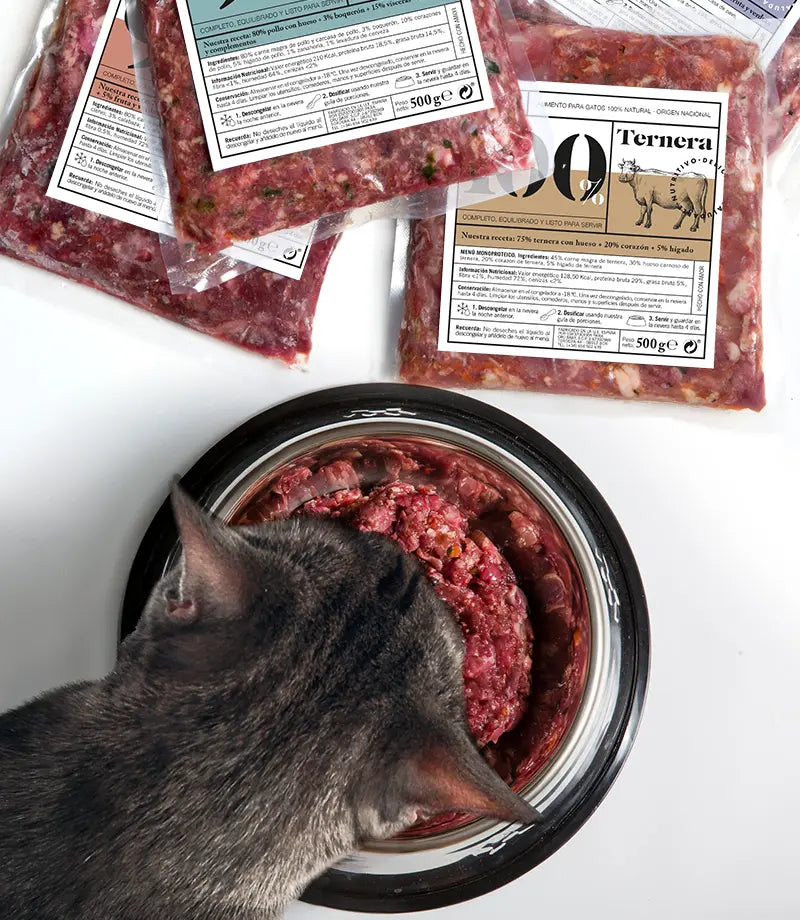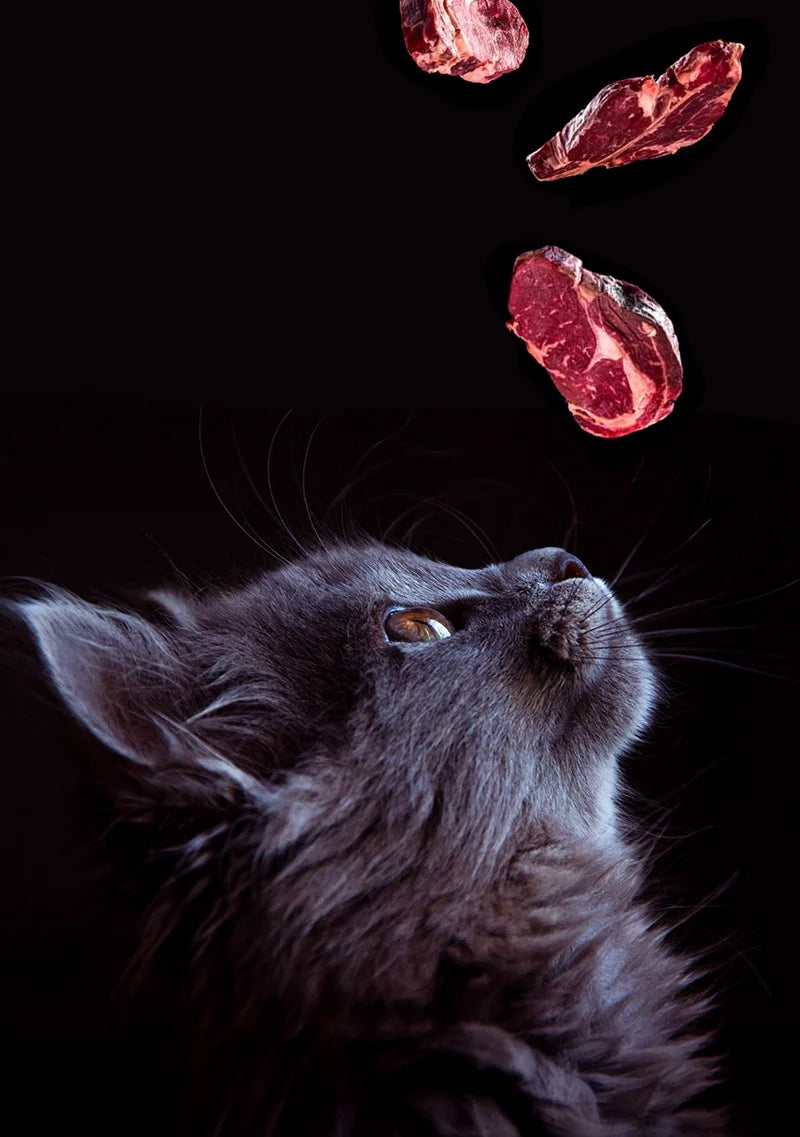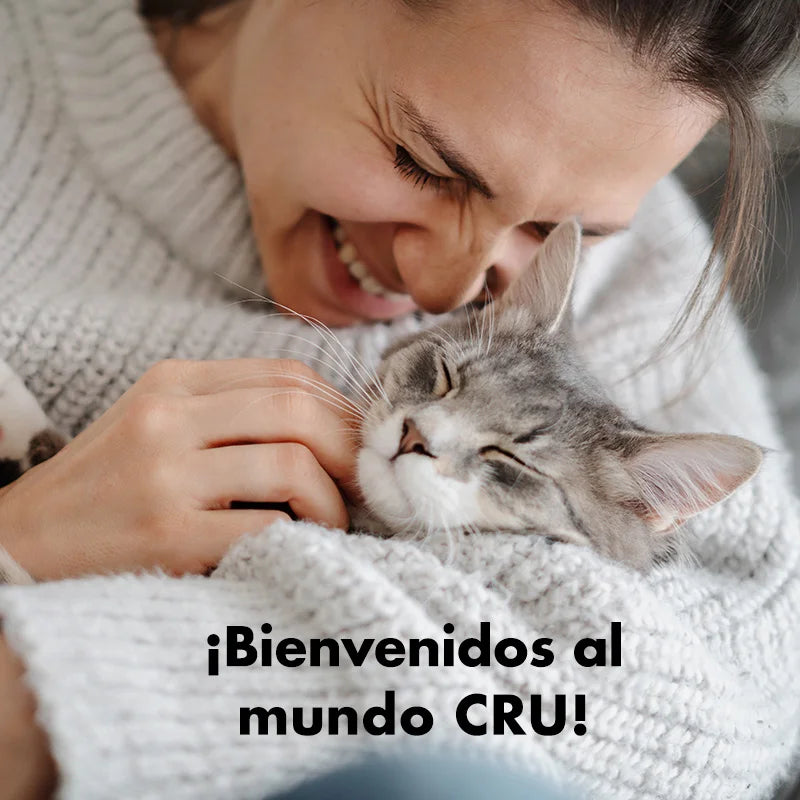If you've made it this far, it's because you know your cat deserves better than ultra-processed food. You've heard about natural feeding and are ready to take the plunge, but you're probably wondering: Where do I start? What if he doesn't like it? How do I do it right?
Don't worry. In this guide, we explain step by step how to transition your cat to the BARF diet in a simple, safe, and respectful way for their feline nature. Also, remember that we're here for you throughout the entire process: you can count on us to answer any questions or adapt the plan to your furry friend's needs.


